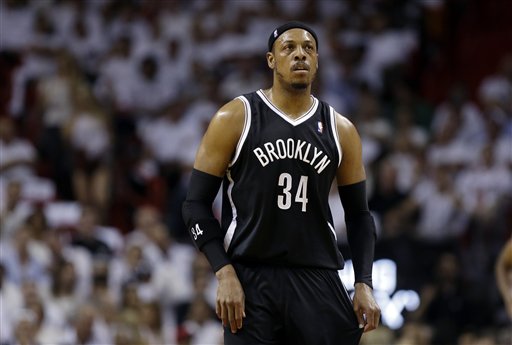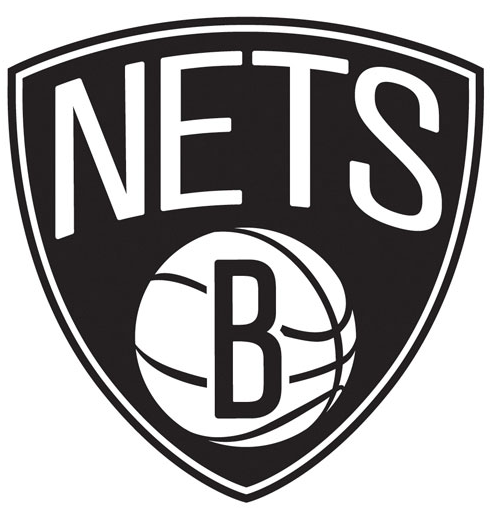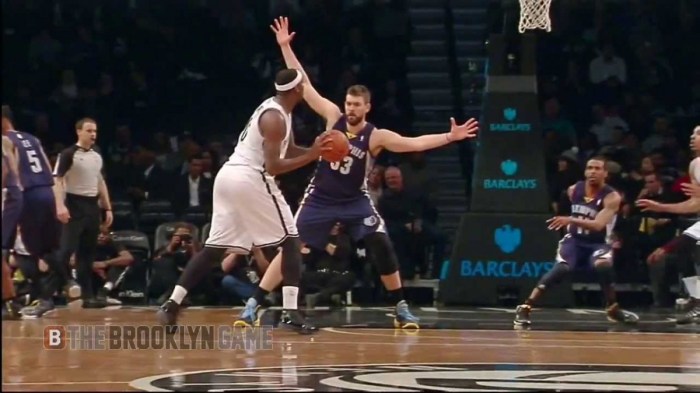Season stats:
Horner: 8 GP, 0 GS, 2.8 MPG, 0.6 PPG, 0.7 RPG, 0 APG, 0 SPG, 0 BPG, 43.4 TS%, 6.63 PER, 3.2% PIE
Owens: 7 GP, 0 GS, 10.7 MPG, 1.9 PPG, 1.9 RPG, 0.6 APG, 0 SPG, 0.1 BPG, 50.9 TS%, 5.86 PER, 4.1% PIE
Emmett: 6 GP, 0 GS, 7.5 MPG, 2.2 PPG, 1.0 RPG, 0.2 APG, 0.3 SPG, 0.2 BPG, 61.8 TS%, 13.28 PER, 9.2% PIE
Smith: 5 GP, 0 GS, 9.2 MPG, 1.4 PPG, 1.4 RPG, 0.8 APG, 1.0 SPG, 0 BPG, 25 TS%, 7.82 PER, 4.7% PIE
Preseason Outlook: The only player considered a part of the Nets team before the season started was Horner, and the outlook wasn’t much. At the time, Horner was fighting Nets second-round pick Jordan Williams for the right to be the 11th man instead of the 12th.
The Nets invited Smith to their pre-season training camp and he played for their D-League affiliate Springfield Armor, but Larry Owens and Andre Emmett had no pre-season expectations, only entering the Nets’ radar due to the rampant string of injuries the Nets experienced at the small forward position.
Evaluation: None of these D-League call-ups had significant impact on the court this season. It can be said, perhaps, that the biggest contribution D-Leaguers made was during training camp when the Nets were depleted, and Dennis Horner and Jerry Smith were given invitations to help provide the Nets with bodies so they could run competitive practices. Horner during this time actually made enough of an impression on the Nets staff and won himself a spot on the opening night roster.
Larry Owens and Andre Emmett filled a spot the Nets desperately needed at the time (small forward) and did so literally by just being active and healthy. Their biggest statistical games: Owens played 29 minutes and scored seven points in a Nets loss to the Chicago Bulls on 1/23, and Emmett played 15 minutes and scored four points in the Nets loss to the Memphis Grizzlies on 2/15. But again, their value should be measured less on the numbers they produced and more on the crater-sized holes they were filling at the time.
FINAL GRADE:





















